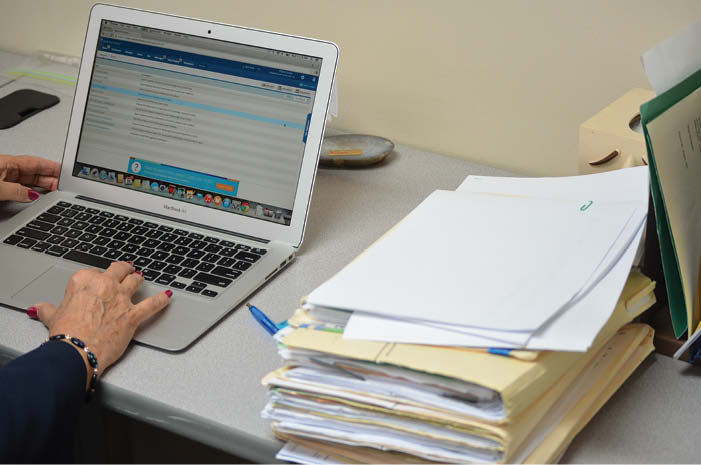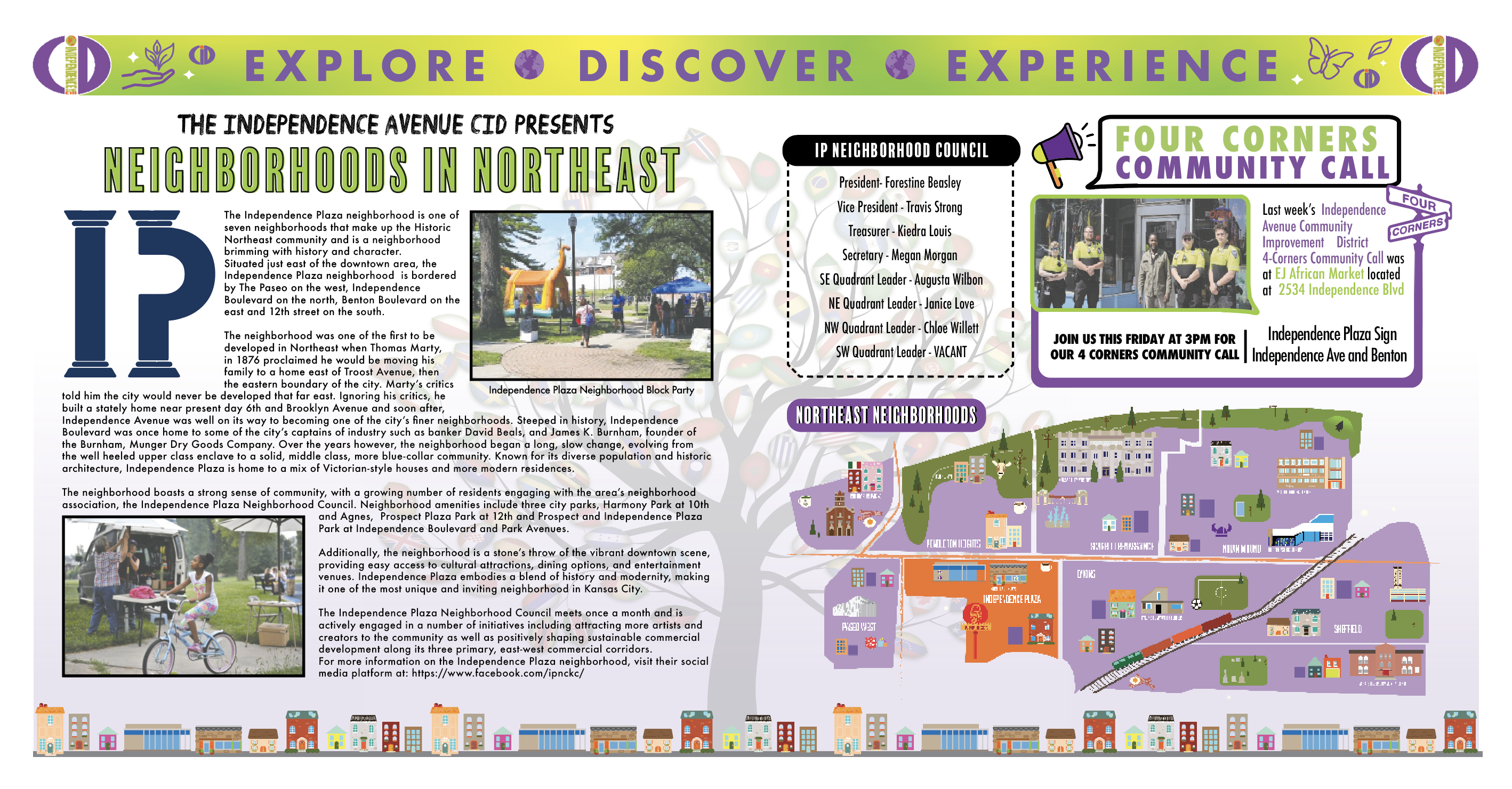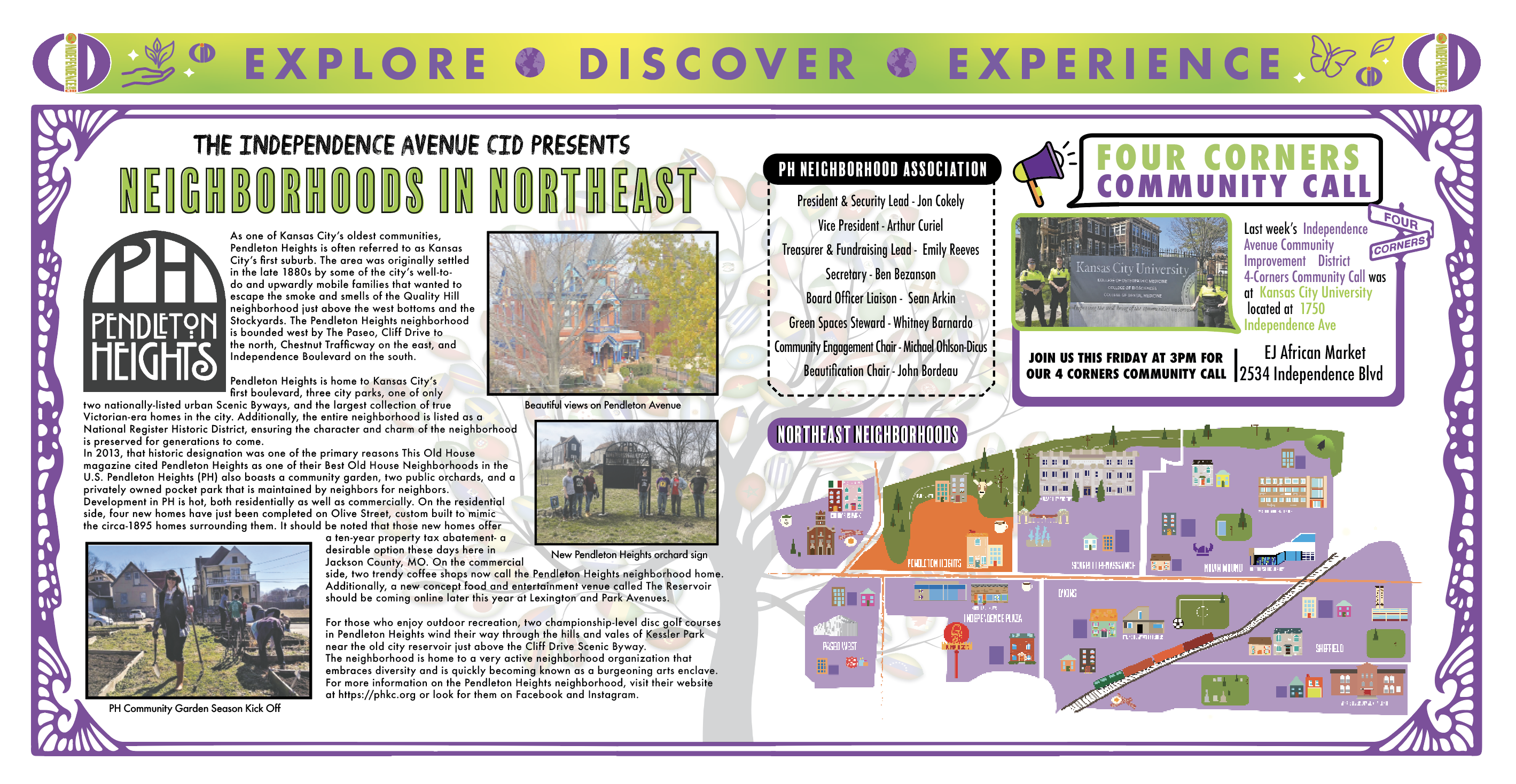
By Joe Jarosz
Northeast News
February 4, 2015
KANSAS CITY, Missouri — Everyone is adjusting to the time. Even doctors.
Since May of last year, the Neighborhood Family Care facility has been transitioning to an electronic filing system for medical records. Dr. Elaine Joslyn’s office received a free system upgrade with the help of their billing service. In May, the program went live.
“We felt a push to go that way for a number of years,” Joslyn said. “The front desk has been electronic for a number of years but the physician part is new.”
Joslyn said the main difference is instead of writing everything down and placing the files in a manilla folder, she now has the ability to write all correspondence on her computer. She said all the patient’s records are available at the touch of a keyboard.
“When we see a patient, we’ll input their information then scan old records into the electronic medical records file,” Joslyn said.
Because the number of patients Joslyn and her staff see, they’re still going through the process of inputting all records electronically. She anticipates by the end of the year, her office will have almost all of their patients’ records stored electronically.
Since Joslyn has been practicing medicine for 30 years, 20 of which have been in the Northeast, she said it’s taking some time to adjust to the new system. Like any changes, there are positives and negatives. The transition, Joslyn said, has not been easy. The advantages, though, include electronic prescribing, “so I can send prescriptions via e-mail and that saves a lot of time.”
As far as using it for office notes, Joslyn believes the system can be improved. For progress notes, which are what the physician writes, she said there was a big learning curve. Over time, though, she said it has gotten easier.
The biggest hurdle, Joslyn noted, was that not all medical facilities are on the same system. So if she needed to obtain patient information from an area hospital that used a different system, they would have to still fax the patient’s files.
“I think that’s the next step that will probably be mandated,” Joslyn said. “That will be huge for me because it’ll save a lot of time.”
For someone who’s been practicing for 30 years, this isn’t the only technical advancement Joslyn has seen. Right now, there’s a big push to bring back something that was much more common when she just started practicing, bringing back patient medical home. The service would allow a physician or a medical practice to be the overseeing entity for a patient’s healthcare, “everything would channel through the patient’s primary care, the patient’s home.”
“The patient home is able to do everything for the patient,” Joslyn said. “Or if they can’t do it, then they are responsible for sending the patient to where it can be done. When I first started practicing, that’s how it was done. I think the patient medical home is taking a huge advancement that is taking the best of what used to be.”
Anne Maschger, office manager for Neighborhood Family Care, said something she would like to see be done next in regards to healthcare advances is more integration of patient records being sent to and from their office. She gave the example that if Joslyn sent a patient to a neurologist for a test, then Joslyn needs to be kept in the loop.
“She needs to know the plan of care and the tests that are planned because she can say ‘We’ve already done an MRI of the brain so you don’t need to do another expensive test’,” Maschger said.
As one of only two medical practices in the Northeast, the other being the Samuel U. Rodgers Health Center, Joslyn worries about healthcare being provided to the community. There are social services that help members of the community, one being the nonprofit organization Joslyn founded 10 years ago, Northeast Neighbor2Neighbor.
“The thing that sustains me, is literally everyday, I feel appreciated,” Joslyn said. “The patients tell me they’re glad I’m here. My staff appreciates what we do and they’ve bought into the mission. That’s what keeps me going.”


















